
The Curculionidae are the family of the "true" weevils. They are one of the largest animal families, with 6,800 genera and 83,000 species described worldwide.
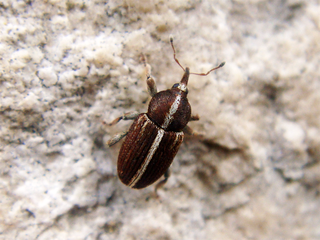
The beetle subfamily Curculioninae is part of the weevil family Curculionidae. It contains over 23,500 described species in 2,200 genera, and is therefore the largest weevil subfamily. Given that the beetle order (Coleoptera) contains about one-quarter of all known organisms, the Curculioninae represent one of the – if not the – most successful radiations of terrestrial Metazoa.

Entimus is a genus of broad-nosed weevils belonging to the family true weevil and the Entiminae subfamily.

Anchylorhynchus is a genus of weevils belonging the family Curculionidae and subfamily Curculioninae. It currently includes 22 described species distributed from Panama to Argentina. Members of the genus are pollinators of palms in the genera Syagrus, Oenocarpus and Butia, with adults living in inflorescences and larvae feeding on developing fruits. The first instar larvae of Anchylorhynchus have an unusual morphology, being specialized on killing other larvae infesting the palm fruits.
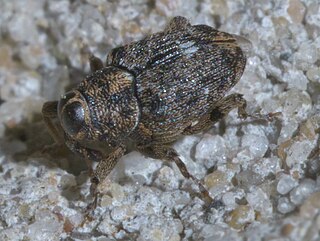
Conoderinae is a subfamily of true weevils in the beetle family Curculionidae. There are more than 210 genera in 15 tribes, and about 2,400 described species in Conoderinae.

Sicoderus is a genus of true weevils in the beetle family Curculionidae. There are more than 75 described species in Sicoderus.

Cionopsis is a genus of true weevils in the beetle family Curculionidae. There are about five described species in Cionopsis.

Narberdia is a genus of true weevils in the beetle family Curculionidae. There are at least four described species in Narberdia.

Huaca is a genus of true weevils in the family of beetles known as Curculionidae. There are at least 20 described species in Huaca.
Coccotorus is a genus of true weevils in the beetle family Curculionidae. There are about six described species in Coccotorus.
Chelonychus is a genus of true weevils in the beetle family Curculionidae. There are at least two described species in Chelonychus.
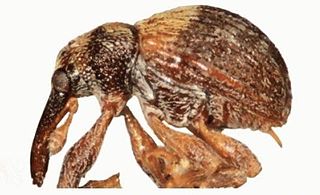
Cionomimus is a genus of true weevils in the beetle family Curculionidae. There are about 10 described species in Cionomimus.
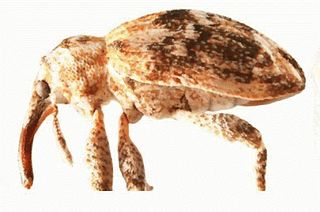
Brachyogmus is a genus of true weevils in the beetle family Curculionidae. There is at least one described species in Brachyogmus, B. ornatus.
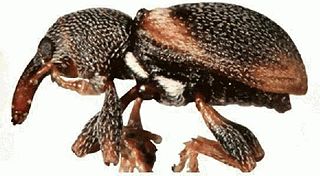
Smicraulax is a genus of true weevils in the beetle family Curculionidae. There are about six described species in Smicraulax.

Neomastix is a genus of true weevils in the family of beetles known as Curculionidae. There is at least one described species in Neomastix, N. solidaginis.
Anthonomopsis is a genus of true weevils in the beetle family Curculionidae. There is at least one described species in Anthonomopsis, A. mixta.
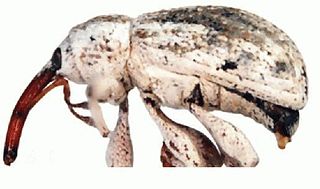
Epimechus is a genus of true weevils in the beetle family Curculionidae. There are more than 20 described species in Epimechus.
Dietzianus is a genus of true weevils in the beetle family Curculionidae. There are at least two described species in Dietzianus.

Sicoderus bautistai is a species of weevil in the genus Sicoderus indigenous to the island of Hispaniola. It is closely related to the species S. ramosi, S. guanyangi, and S. turnbowi. Its appearance has been described as similar to that of "black, shiny ants".
Rhinostomus frontalis is a species of weevils, previously placed in a genus called Yuccaborus and known as the yucca weevils.














